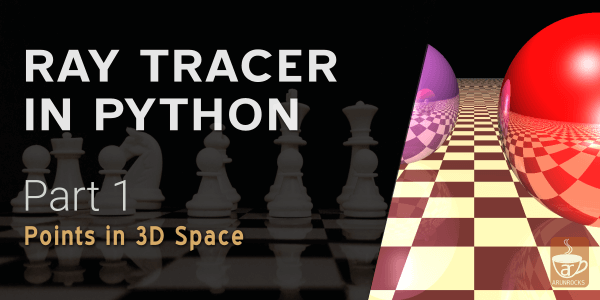How many times have someone forgotten an important line in your email despite it being bold, highlighted and underlined? How many times have you come across a mail that the sender himself has not read even once? How many programmers you have seen in online forums who ask the same basic questions that were earlier answered again and again?

The geeks have a word for this apparently inability of the end-users to read a manual - RTFM or Read the Fine Manual. The impatience of getting to use a brand new gadget quickly wears off once you cannot get it to work despite several attempts. The immediate reaction seems to be to reach out for the phone than to read the manual. You begin to raise queries to Tech support when the instructions have been clearly given in the manual. This is where the problem starts. The waste of your time and the Tech support’s time is exactly what the user manual tries to avoid. We will try to explore why this happens.
Why don’t we just read?
It is not the technology users or programmers who are guilty of committing the “Ask before you check” crime. This a common malaise and can be seen everyday while mailing or sending documents for review. It seems there is hardly anyone who does a thorough job of “Reading” these days. In fact, if you know someone who actually reads every line that’s send to him/her, I am sure that person is a quite valuable asset to your team for that particular “skill”.
The vast majority of us are either skimmers or ADHDs (Attention Deficit Hyperactivity Disorder). The former prefer to gloss over the details and absorb the high level details from 30,000 feet. Once their 5 minute power-read of a document is complete, they bask in the satisfaction of having completed an arduous task of understanding the document in a fraction of the normal time. These superhuman feats are often fraught with the hazard of missing significant detail, but often skimmers are influential enough to disregards such minor details completely. The ADHDs are the ones with coffee coursing through their veins. They often try to start reading and few seconds later, completely give up hope. They procrastinate endlessly about the pile of documents waiting for them at their table. They might eventually turn to skimming but even then it turns boring pretty quickly.
These specimens of our species have been evolved by the forces of nature at work in the last few decades. Call it “Information Overload” or the “Twitter Effect”, there are simply too many streams of information competing for our attention at any given time. The email pop-up on your mail program, the tweet from a celebrity, an SMS from your friend and your phone rings at the same time on a particularly crazy moment. This multitasking is immensely taxing for your brain and in a desperate attempt to cope up, your brain tries to focus on the high-level details rather than the smaller details. The smaller details sometimes get overlapped with each other or completely forgotten and lead to embarrassing situations. Nonetheless we seem to be trapped in this multiple-thread hell as a necessary evil of modern life.
Can we ever truly multitask?
We often think that we are good or bad at multitasking depending on our assessment of ourselves. But the question remains as to if we are even capable of multitasking? This might sound like a silly question at first. Surely we can eat while talking over the phone. Or even listen to a radio show while driving. But have you ever taxed your brain for activities that involve thinking simultaneously? Have you tried writing something while talking over the phone? By writing, I don’t mean a routine chore like signing a cheque. I mean writing a prose or a report which is independent from the telephonic conversation. It might be extremely hard or even impossible to focus on both at the same time.
This leads to an interesting school of thought that our brain works best when there is a single thread of thought. To explain it in analogous terms to computer geeks, our brain is a single processor 1. The only way we can multitask is by time sharing. We convert each activity into tiny slices which require our attention and quickly juggle through each slice like a skilled juggler. But at any given point of time there is only one slice on your mind, one ball in your hand. The rest are, so to speak, in the air and waiting for their turn.
Many Indian and oriental meditation techniques try to train your mind to develop focus on one particular activity at hand. There might be several other activities but treat them temporarily as distractions and try to train your mind to take the current activity to a logical end-point. The distrations can be blocked mentally, however it is best to actually prevent such distractions in the first place.
Next time you try to read a long document, turn off all the potential distractions. Most mail programs can be disabled to supress pop-ups. You can also turn off your twitter client and put your phone on silent/vibrate. Resisting the temptation to switch to a new activity is the key. Even at an early stage, the rewards of such focussed sessions are easy for one to see. The clarity it brings to your communications is also quite noticeable.
TL;DR
There is prevalent practice in most online forums to write a short summary of a long passage or comment for impatient readers called TL;DR i.e. Too Long; Didn’t Read. I might say that the TL;DR for this writeup is that one’s reading comprehension can be vastly improved if you can focus solely on the task of reading. But that would defeat the purpose, as you would miss the exploration of the problem, classification of the worst offenders or even the analogy of a juggler to the brain elaborated in this writeup.
But then, if you have reached this far, you are not the one who should be reading this!




